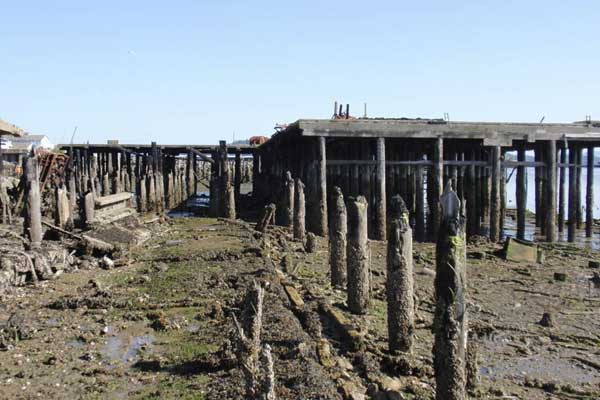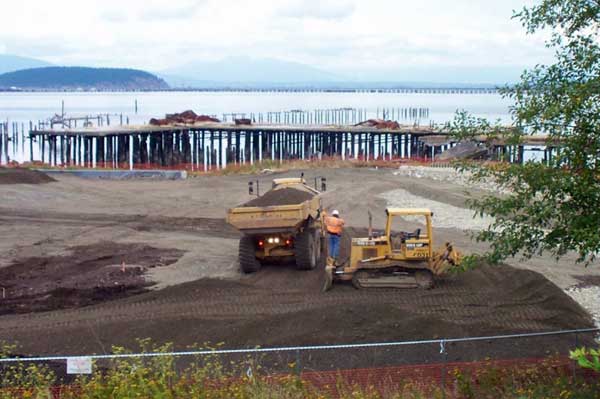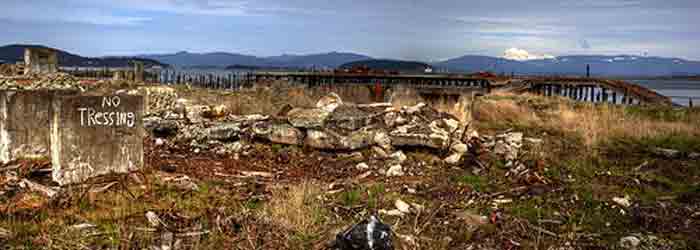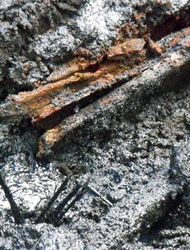Cleaning Up an Unintended Legacy

Helping nature to restore Fidalgo Bay
What happens when 100 years of factory wastes are left to wash into the bay? A flourishing ecosystem begins to die.
The succession of thriving wood mills that once stood before you provided valuable jobs that helped Anacortes grow. Sadly, the mills also left an unintended legacy—a polluted environment in Fidalgo Bay. Toxic chemicals, decayed wood, and fire debris contaminated the shoreline and nearshore waters. Shore and marine life struggled to survive; the health of humans who fished and foraged in the bay was threatened.
Washington Department of Ecology’s bay-wide cleanup—along with nature—will re-establish a flourishing environment. Removal of contaminated soils and sediments, structural debris, and creosote-treated pilings begins the process of healing. A newly created wetland adds a natural safety net where land and water meet. This remarkably productive habitat has a new lease on life, creating a safer, healthier environment for all.
Recipe for restoration
Cleaning up this former mill site will help reduce further risks to human health and the environment. Here is how the process works:
1. Above the waterline, contaminated soils and debris are excavated, removed, and replaced with clean fill and natural buffers. In the nearshore, removing sawdust, wood debris, and creosoted pilings prevents further damage to marine waters.

2. A newly constructed channel—or swale—collects and slows stormwater runoff. Solids settle out as the water is guided into a wetland. This estuarine wetland, where fresh water and saltwater mix, further filters the runoff before it flows into the bay.

3. Areas with highly toxic sediments are dredged and removed. The process of natural sedimentation then helps to contain any remaining low-level contaminants and nourish new eelgrass beds and marine habitats.



